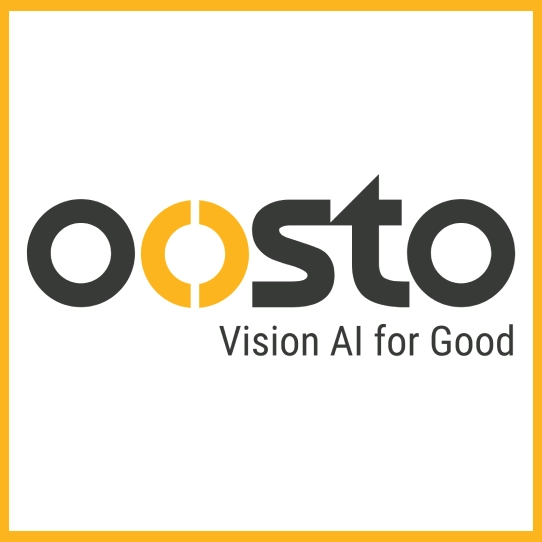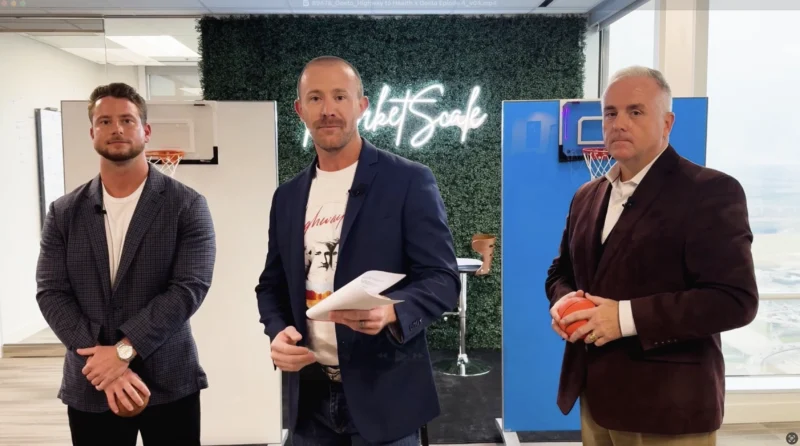From Campuses to Care Facilities: Are We Doing Enough to Prevent Security Incidents?
In settings ranging from university campuses to senior living facilities, the need for robust, adaptable security solutions to potentially prevent security incidents has never been more critical. In episode 5 of our Innovation Obsessed podcast, experts explored how integrating security measures across different sectors protects vulnerable populations and creates safer environments for all.
The State of Campus and Care Facility Security
Joe Souza, a veteran in physical security and former Director of Security at University of Florida, opened the discussion by highlighting the flood of incidents on university campuses. Joe spoke from experience when he emphasized that while protests and unrest are nothing new on campuses, the recent surge in demonstrations creates a heightened need for proactive security measures. “Campuses are soft targets—open spaces with young audiences, some of whom may struggle with the stressful issues these events bring,” he explained. Ensuring the safety of students, staff, and visitors requires a delicate balance between maintaining open dialogue and mitigating potential threats.
Lessons from Different Industries
It’s not just universities grappling with complex security challenges. Matt Plantier from Oosto highlighted the parallels between campus security and senior living facilities. “In senior living, it’s often not about keeping people out, but preventing residents with conditions like dementia or Alzheimer’s from wandering off,” he noted. Matt shared a sobering example of a New York facility where a resident in a wheelchair was able to leave the premises undetected, resulting in severe consequences. Such incidents underscore the importance of integrating advanced security technologies that adapt to the needs of different environments.
The intersection of security measures across sectors like universities and senior living facilities presents an opportunity to leverage best practices and technologies in innovative ways. For instance, the same AI-driven surveillance systems used to monitor large, open campus areas can track behavioral patterns related to safety in senior care facilities. Technologies that detect unusual activities like loitering or unauthorized access on campuses can also identify potentially dangerous situations, such as a slip and fall or a resident attempting to exit a facility unsupervised. “Our goal is to protect people before something bad happens, whether on a campus or in a senior living facility,” Matt emphasized.
The Role of Vision AI in Preventing Security Incidents
Elijah Rosenberg, Co-Founder and COO of Serverli, further expanded on the benefits of cross-sector integration. He pointed out that while universities and senior living facilities may seem worlds apart, they face similar challenges regarding resource constraints and the need for scalable, cost-effective solutions. “We’re seeing a trend toward deploying edge devices and AI platforms that reduce the need for expensive infrastructure and allow for more flexible, efficient monitoring,” Elijah explained. These advancements are particularly valuable for smaller institutions and facilities with limited IT support, enabling them to implement sophisticated security measures without a heavy burden on their resources.
Sean Sandel, Director of Inside Sales at Serverli, echoed this sentiment, noting that the increasing complexity of security environments calls for centralized management solutions. “It’s about making security management simpler and more effective so teams can focus on preventing incidents rather than just responding to them,” Sean added.
The conversation also highlighted the evolving role of AI in security. As Matt noted, the challenge is not just about having technology in place but ensuring it is used effectively. “AI is a big, trendy word right now, but everyone’s definition of AI is different,” he observed. For security to be proactive, it’s essential to have clear use cases and robust policies. This is especially true in environments like senior living, where the stakes are high, and incidents can have severe consequences. Technologies like facial recognition and behavior analytics can play a crucial role in both sectors, identifying potential threats and alerting security teams before situations escalate.
Collaboration for Safer Spaces
In short, the panel underscored the importance of looking beyond traditional boundaries and leveraging integrated security solutions to address the unique challenges different sectors face. By sharing best practices and adopting adaptable technologies, universities and senior living facilities can enhance their security posture, better protect their communities, and ultimately create safer environments for everyone. As Elijah aptly said, “It’s about using the right tools in the right way, whether you’re securing a campus or a care facility. The goal is the same: to protect the people who rely on us to keep them safe.”




